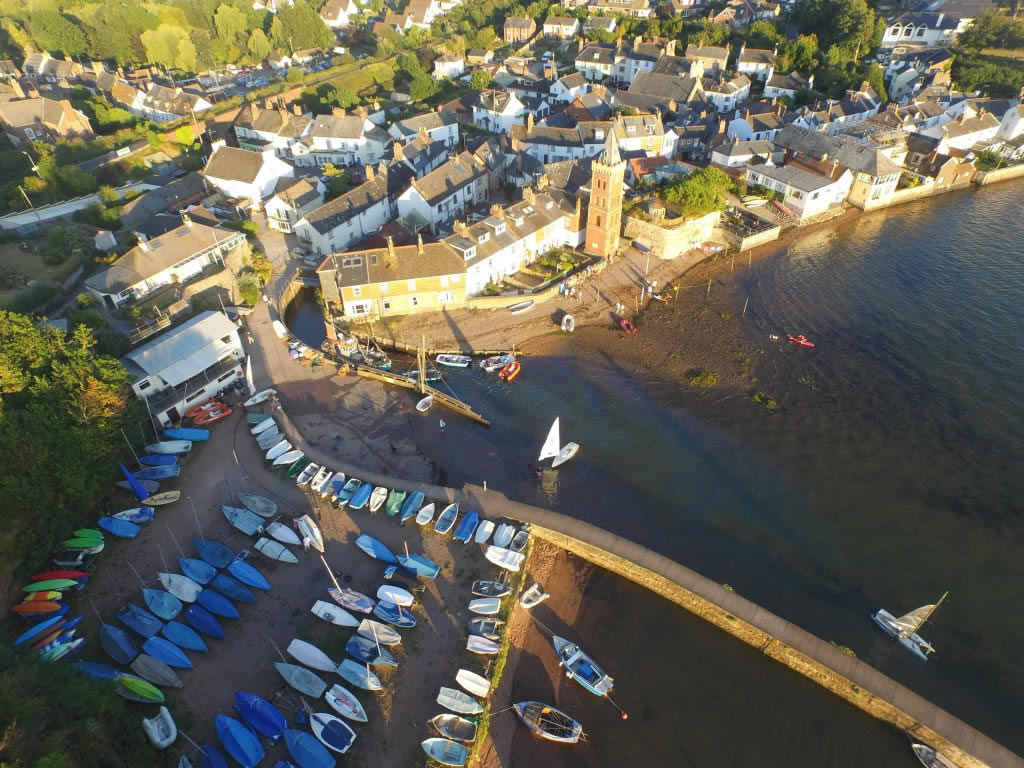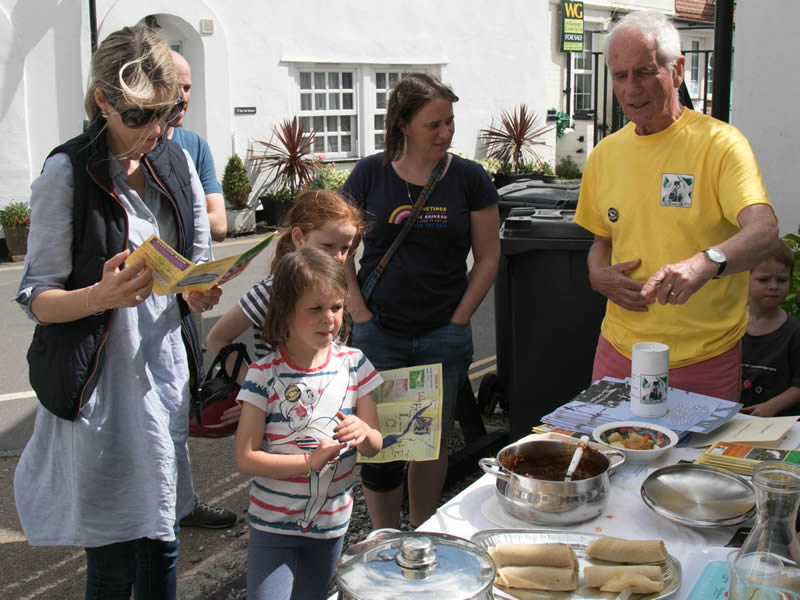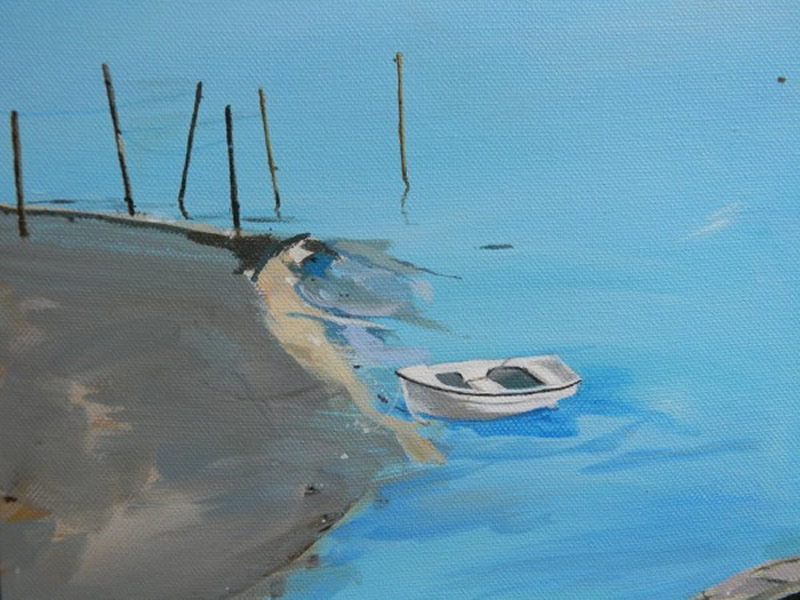
The rich heritage of the village has shaped how the streets look today. Over 70 listed buildings make a picturesque and little-changed village core, whilst new houses are in small estates off the roads into the village.
The village stretches for almost a mile from the area around the Saddlers Arms on the A376 (the higher village’) past the church and nursery to the densely packed ‘lower village’ around the harbour and the station. Lympstone doesn’t have a through road to anywhere else, so it suffers less than most places from traffic. Instead it now welcomes walkers and cyclists along the Exe Estuary Trail from Exmouth to Exeter. The village’s pubs are popular stopping off points for these thirsty visitors.
Employment in the village and on its farms has declined, and many people work in Exmouth or Exeter, or at the nearby Royal Marines Commando Training Centre.
The maritime nature of the parish continues to be a major aspect, with the water drawing holidaymakers to stay in the several dozen holiday cottages, and the Lympstone Sailing Club a key leisure and social focal point.
Lympstone is a quintessential Devon estuary side village. It’s quiet, characterful and charming – an oasis of tranquillity in the modern world – yet teeming with vitality; art and social activity at its very core. Undoubtedly one of the strongest characteristics is the ‘Community spirit’ – described by Devon Life as a ‘Community Powerhouse’, and recognised as Devon Village of the Year in 2007.
The village calendar shows how dozens of groups and societies foster many opportunities for entertainment and participation.




